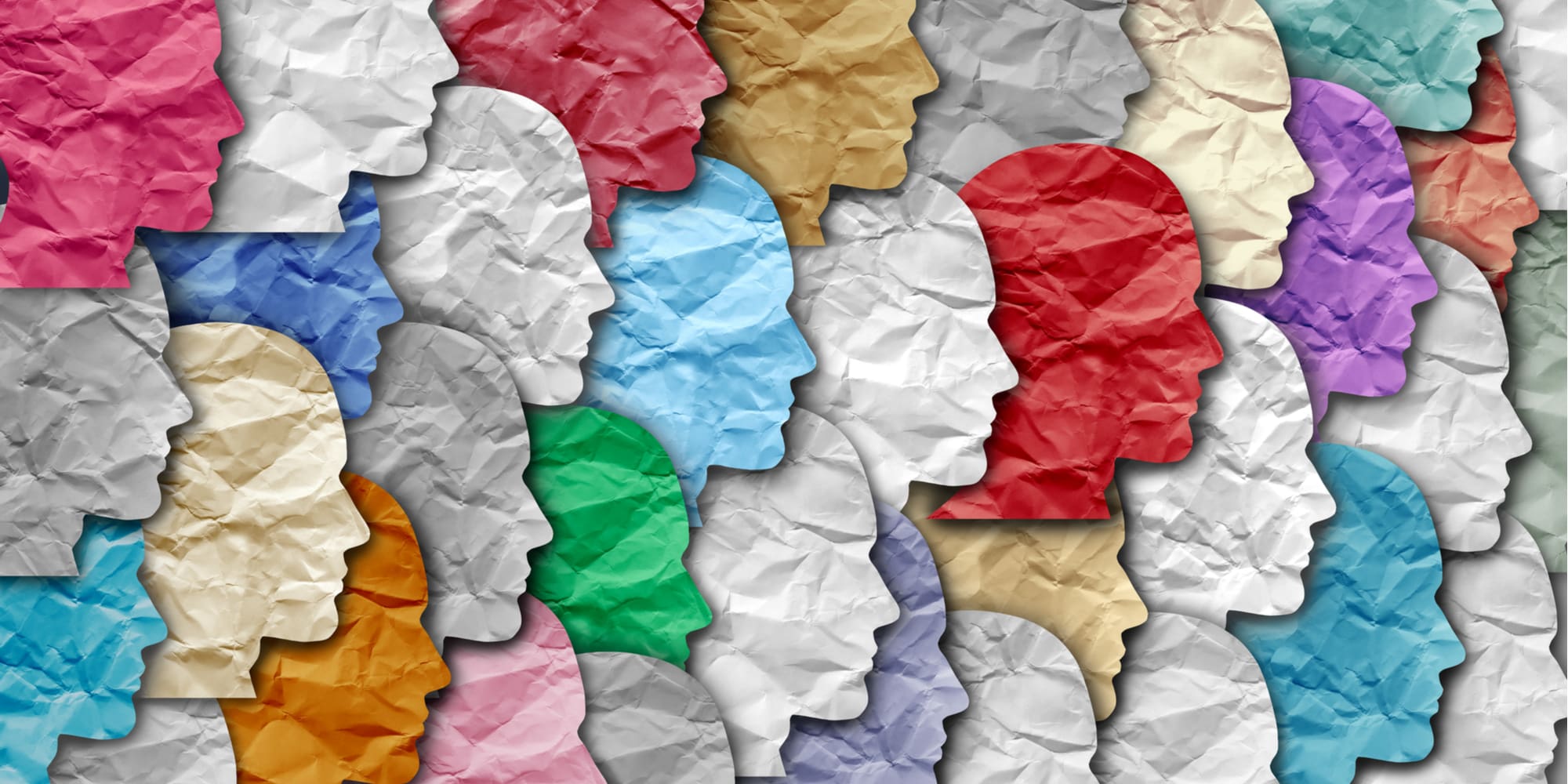Many people are familiar with schizophrenia, a mental health condition that causes hallucinations and delusions, but few people are aware of schizoaffective disorder, a condition marked by symptoms of both schizophrenia and mood disorders.
At Port St. Lucie Hospital, we offer treatment programs for a variety of mental health conditions. However, it can be difficult to seek help for a mental illness if you’re unsure about what, exactly, you should be seeking help for. Read on to learn more about schizoaffective disorder, its symptoms, and what treatment options exist.

Schizoaffective disorder is defined in the Diagnostic and Statistical Manual (DSM-V) as “an uninterrupted period of illness during which, at some time, there is either a Major Depressive Episode, a Manic Episode, or a Mixed Episode with symptoms of Schizophrenia.”
The term “schizoaffective” comes from the combination of schizophrenia and affective disorders, also known as mood disorders. Affective disorders are mental health conditions that heavily affect a person’s mood and feelings.
The two primary affective disorders are bipolar disorder and depressive disorder. Similarly, there are two types of schizoaffective disorders: “bipolar type” schizoaffective disorder and “depressive type.”
In bipolar type schizoaffective disorder, people experience a combination of symptoms from both schizophrenia and bipolar disorder. Typically, this means that people experience both depressive and manic episodes alongside their schizophrenia symptoms.
With depressive type, individuals suffer from the psychotic symptoms of schizophrenia as well as the depressed moods that come with major depressive disorder. Those living with depressive type schizoaffective disorder do not experience highs and lows, but instead experience long periods of intense depression.
People living with schizoaffective disorder will typically experience major mood episodes (either bipolar or depressive, depending on their type) for periods of days or weeks before they subside. However, the symptoms of schizophrenia generally persist even after these episodes subside.
In order to be diagnosed with schizoaffective disorder, you must experience these feelings for a period of several months. But how do you know if you’re experiencing a major mood episode or signs of schizophrenia? Let’s take a closer look at the symptoms that lead to a schizoaffective diagnosis.
As we established earlier, schizoaffective disorders can typically be divided into two types. But what exactly distinguishes “bipolar” symptoms from “depressive” symptoms? And what are the symptoms of schizophrenia that appear alongside it? Keep reading for an in-depth look at the signs and behaviors that point to schizoaffective disorder.
Bipolar type schizoaffective disorder often mimics those of bipolar disorder, with the same uncontrollable emotional highs (manic episodes and lows) and lows (depressive episodes). The common, everyday symptoms of bipolar type normally include:
These symptoms typically last for a period of weeks before rapidly shifting to feelings on the opposite end of the emotional spectrum—for example, going from a euphoric mood to being depressed inside of a few days.
Unlike bipolar type, depressive type schizoaffective disorder does not present with episodes of mania. For this reason, the “depressive” part of these symptoms tend to look similar to major depressive disorder. Depressive symptoms include:
Similar to major depressive disorder, these feelings can be near-constant or they can appear and recede in periods of a few weeks, only to come back again. However, what distinguishes depressive type schizoaffective disorder from major depressive disorder is the appearance of schizophrenia symptoms.
The appearance of psychotic symptoms is what distinguishes schizoaffective disorder from the affective disorders mentioned above. While bipolar and depressive symptoms may come and go over time, these psychotic symptoms are near-constant for those with schizoaffective disorder. They include:
If you’re positive that you’re experiencing bipolar or depressive symptoms, and wondering whether you might have schizoaffective disorder, recognizing these symptoms may help you determine what mental health condition you are facing.
However, keep in mind that any diagnosis is a complex process and should be left to mental health professionals. If you suspect that you or a loved one may be dealing with a mental health disorder, you should seek professional mental health treatment immediately. If left untreated, schizoaffective disorder and other affective or psychotic disorders can worsen, endangering your physical and mental health.

As a psychotic disorder, schizoaffective disorder requires rigorous treatment from mental health professionals. At Port St. Lucie Hospital, our team of mental health experts employs a variety of evidence-based therapeutic strategies to treat mental health disorders like this.
We combine clinically-proven treatments with counseling and therapy sessions customized to every individual’s long-term recovery. Here a few of the ways in which we help treat schizoaffective disorder:
If you think that you or a loved one are living with schizoaffective disorder, the best time to seek help is right now. Our team of healthcare professionals are dedicated to helping you find the treatment plan that’s right for your situation.
Whether that’s mental health treatment, a dual diagnosis mental health and substance abuse treatment plan, or a partial hospitalization plan, we provide all the tools you need to take control of your mental health. From support groups to individual therapy treatment options, we are here to fight the battle with you.
If you have any questions about our mental health care, you can reach our admissions specialists at (772) 335-0400 or fill out our confidential contact form.























